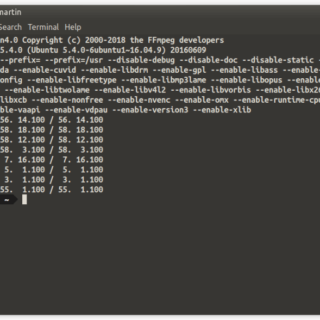

Snaps are updated automatically be default and you can also update it manually using the command below: $ sudo snap refresh To find Snap packages, use the following command: $ snap find With the snap tool, you can search for available snap apps/packages. Snapd is up and running now, so let's start using it! Searching for snaps (apps/packages) You can install it with the command below: $ sudo apt update $ sudo apt install snapd Using Snap So if you are using any version below or your snap is not installed, you’ll need to install to start using it. Snap is already installed and ready to go. In case you’re using Ubuntu 16.04 LTS (Xenial Xerus) or later, including the latest Ubuntu 18.04 LTS (Bionic Beaver), you don’t need to do anything. This guide is focused on setting up and using the snap commands. To complete this guide, you’ll need any supported GNU/Linux distribution/Ubuntu and also some very basic knowledge of command line use. You can package any app for every Linux desktop, server, cloud or device. Users can interact with it by using the snap client, which is part of the same package. Snapd is a REST API daemon for managing snap packages. So it does the same thing apt-get but in different way. “Snap” application packages of software are self-contained and work across all Linux distributions, thereby, enabling secure distribution of the latest apps and utilities for cloud, servers, desktops and the internet of things. The packages, are usually called ‘snaps’ and the tool for using them is called ‘snapd’, which works across a range of Linux distributions and therefore allows distro-agnostic upstream software deployment. Snap (also known as Snappy) is a software deployment and package management system built by Canonical. How to Install and Use Snap on Ubuntu 18.04 Introduction


 0 kommentar(er)
0 kommentar(er)
